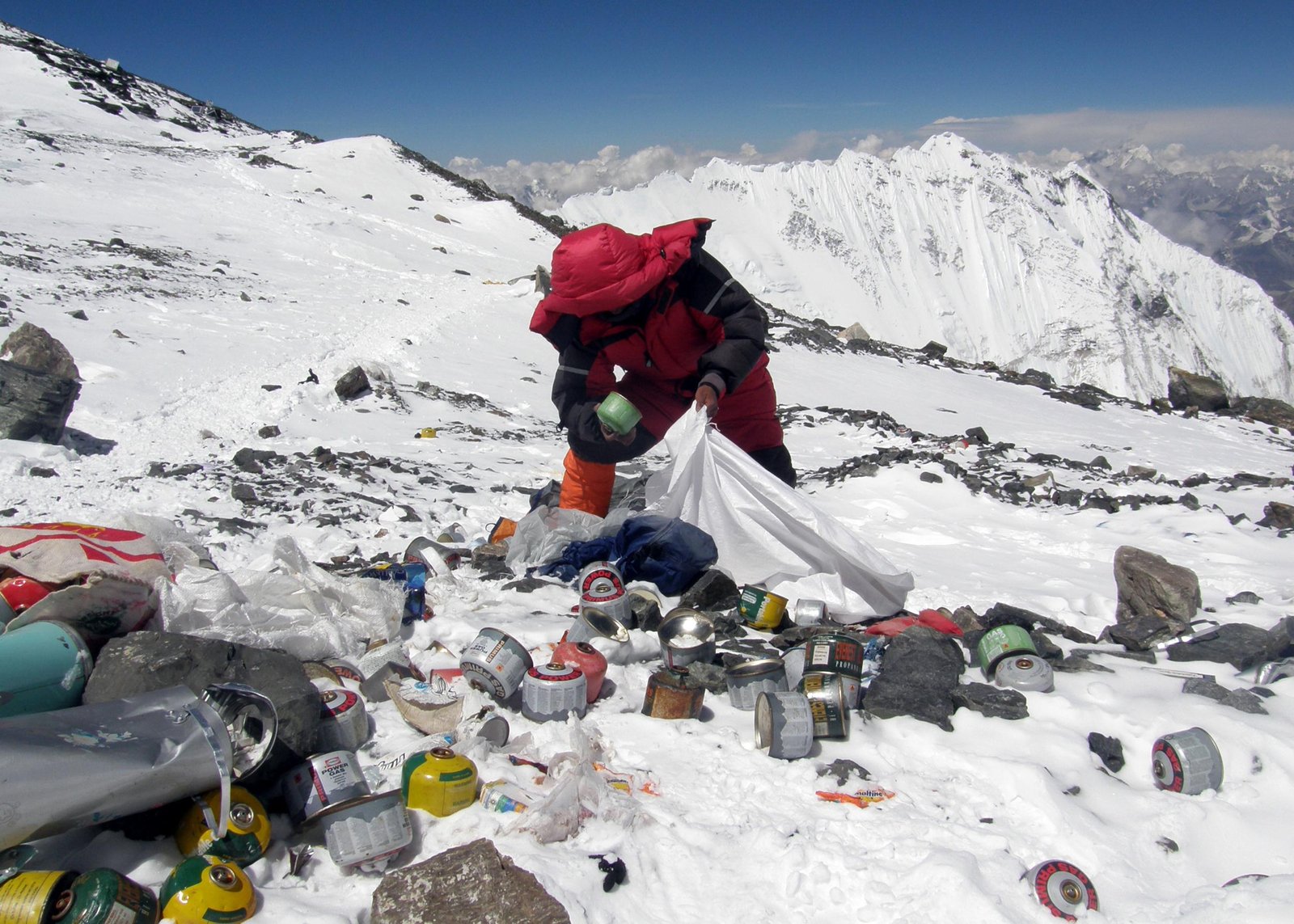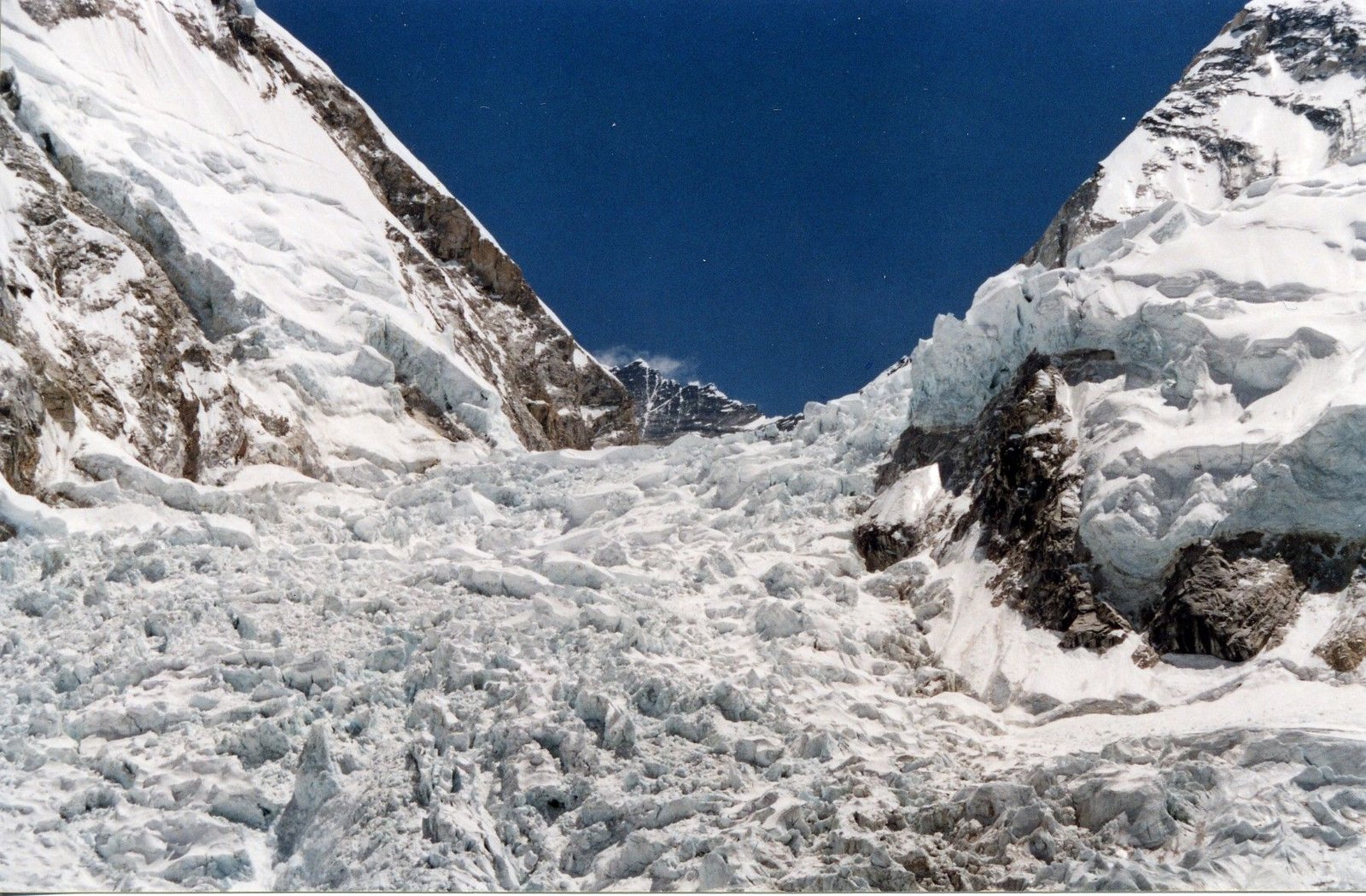Mount Everest is one of the most spectacular wonders of nature, and we are on our way of losing it. Even the world’s highest mountain cannot escape from the detriments of global warming. The glaciers are melting and more trash on the trail is collecting. What once used to be the trail of pristine ice is now a rocky dirt pathway. But what is causing it?
Why Is Mount Everest’s Climate Changing?

Mount Everest’s changing climate can be blamed on the commercialization of the climb on Mount Everest. If you have enough money, you can book yourself a helicopter ride to the highest base camp and enjoy luxury camping on the world’s highest mountain. With more numbers of climbers every year, the accidents during the climb are also increasing. So are the number of dead bodies on Everest.
The biggest reason why the Mount Everest climate is changing is trash.
There is about 100,000 pounds of trash on the Everest. Unbelievable, isn’t it?

We, humans, have managed to dump this amount of garbage in the past 53 years. Since there is no waste treatment facility nearby, most of the waste flows into the Lhasa River.
On top of that, China wants a road built to the base camp of Mount Everest. The construction work has already begun and the road from China to Tibet’s capital, Lhasa, has already been constructed.
How Does Global Warming Affect Mount Everest?

The base camp of Mount Everest is sinking every year due to climatic conditions. In 1953, when Tenzing Norway and Edmund Hillary were the first ones to climb the Mount Everest, the base camp was at an altitude of 5,320 meters. Now, it has slid down to 5,280 meters.
Due to the increase in temperatures, the glacial lakes on the world’s highest mountain are filling up with too much water exceeding their natural barriers. If this continues, it can lead to massive flooding, so worse that the effects of glacial outbursts can be compared to that of the atomic bombing.
If the pattern keeps up, most of the Himalayan glaciers will melt in the next 50 years and 80% of them will disappear in the next 30 years. Mount Everest then will be just a mountain with exposed rocks. The glaciers of the Himalayas feed nine large rivers and provide one-sixth of drinking water. Do the aftermath if they disappear one day.
People living in the surrounding areas are more likely to be affected more drastically. 40,000 sherpas live near the base camp. If the flooding happens, the villages and areas nearby the mighty mountain will be washed away in a few minutes taking everything that comes in its way.
The melting of ice is also exposing more dead bodies on the Everest that remained buried all these years. Eventually, all the bodies will be laid bare if the temperatures continue to soar high due to global warming.

